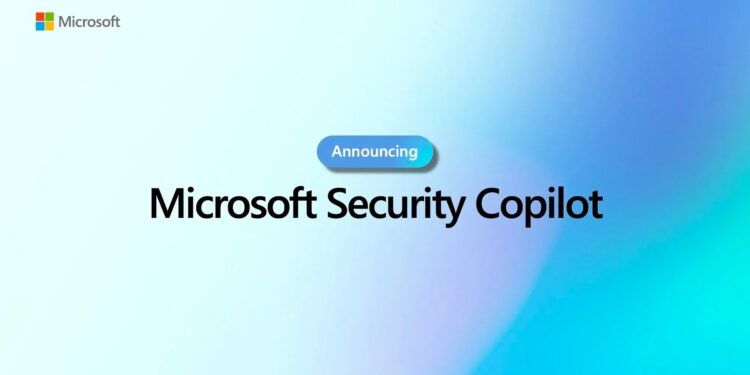Microsoft has been steadily developing AI assistants for various purposes, and the latest addition to its roster is the Microsoft Security Copilot. This new assistant is specifically designed for cybersecurity professionals, with the aim of helping them identify breaches and manage the large volumes of data and signals they deal with on a daily basis.
The Microsoft Security Copilot uses OpenAI’s GPT-4 generative AI and Microsoft’s own security-specific model to provide a simple prompt box that resembles a chatbot. Users can ask questions such as “what are all the security incidents in my enterprise” and receive a summary of the relevant information.
Behind the scenes, the system makes use of the 65 trillion daily signals collected by Microsoft in its threat intelligence gathering.
Check out Microsoft Security Copilot in the video below.
What is Microsoft Security Copilot?
The Security Copilot is intended to assist security analysts rather than replace them, and it includes a pinboard section that enables colleagues to collaborate and share information. Security professionals can use the Copilot to help with incident investigations or to quickly summarize events and provide support with reporting.
The system accepts natural language inputs, so users can ask for summaries of specific vulnerabilities or provide files, URLs, or code snippets for analysis. All prompts and responses are saved, creating a full audit trail for investigators.
One of the most intriguing features of Microsoft Security Copilot is the prompt book function. This allows users to bundle sets of steps or automations into a single button or prompt. For instance, security researchers could create a shared prompt to reverse engineer a script, so they don’t need to wait for someone on their team to perform the analysis. Users can also create a PowerPoint slide that outlines incidents and attack vectors.

Like Bing, Microsoft sources results clearly when security researchers ask for information on the latest vulnerabilities. The company uses information from the Cybersecurity and Infrastructure Security Agency, the National Institute of Standards and Technology’s vulnerability database, and its own threat intelligence database.
However, the system is not infallible. To mitigate the risk of errors, Microsoft is offering a feedback loop that enables users to respond with what’s wrong and provide more information to improve the system.
How to access Microsoft Security Copilot?
Microsoft Security Copilot is currently in the preview phase and being tested by a small group of customers. There is no date yet for a general release, and the company is focused on learning and developing the best possible product responsibly.
This latest example of Microsoft’s big push with AI shows that we can expect to see more AI assistant technology across the company’s software and services.

Cybersecurity and AI technologies
As the cybersecurity landscape continues to evolve and become more complex, it’s clear that organizations need all the help they can get to stay ahead of potential threats. The Microsoft Security Copilot, the latest addition to the Microsoft Copilot line-up, is a powerful tool that can assist security professionals in their work, helping them to identify potential breaches and manage large amounts of data more efficiently.
By incorporating AI and natural language processing, Microsoft has created a system that can streamline and simplify the often-overwhelming task of threat analysis and incident investigation.

The Security Copilot’s prompt book function is particularly impressive, providing users with the ability to create custom automations that can help them to work more effectively. With its emphasis on collaboration and sharing, the Security Copilot is also a valuable tool for promoting teamwork and ensuring that all members of a security team are on the same page.
Overall, the Microsoft Security Copilot is a significant development in the field of cybersecurity, and one that has the potential to transform the way that organizations approach this critical area of their operations. You may learn more about Security Pilot from the Microsoft Security blog.





